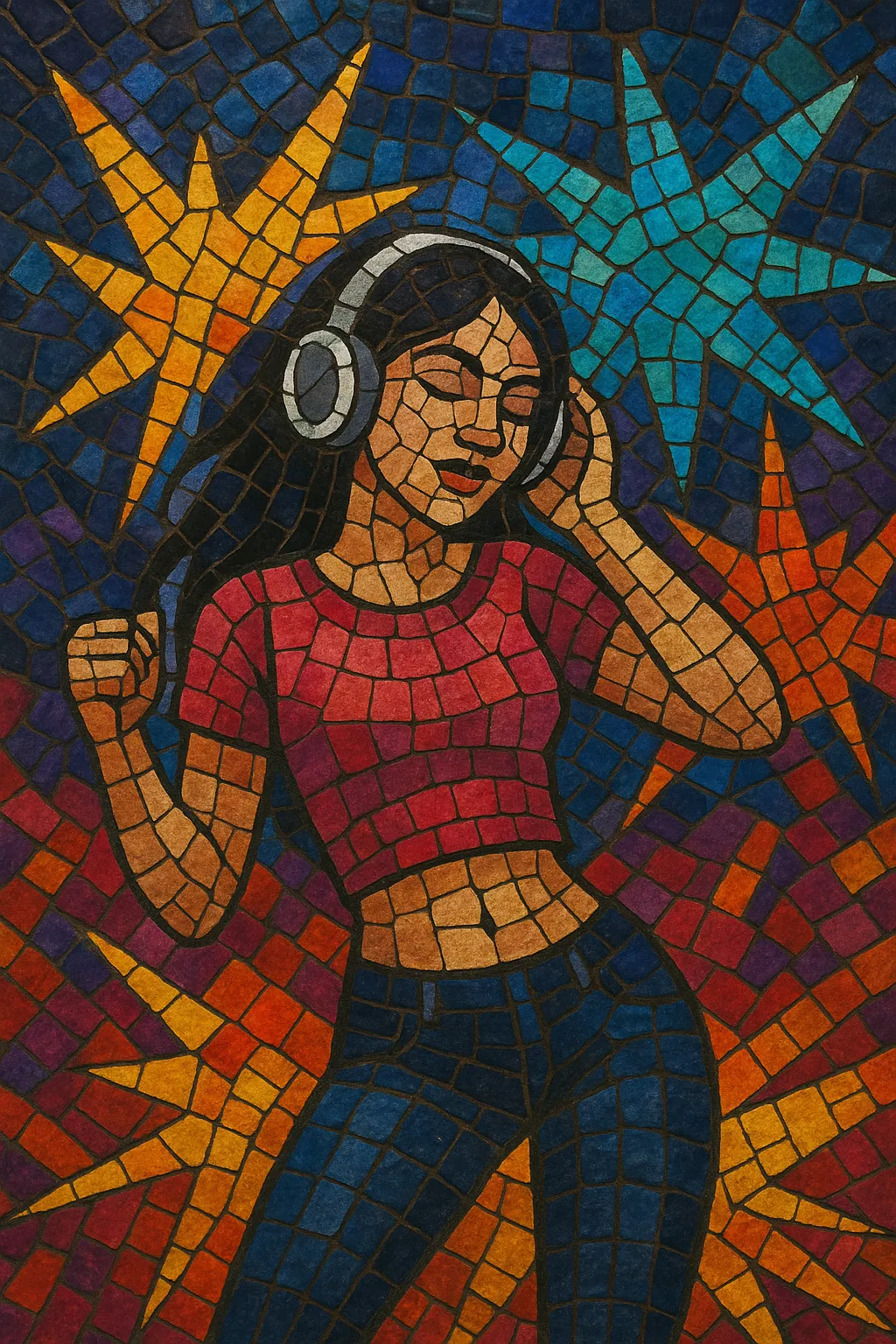Noiadance is an internet-borne Brazilian microgenre that fuses sped‑up, overdriven Eurodance/Hands Up anthems with the raw, DIY edit culture of funk automotivo and nightcore. Tracks are typically fast, punchy, and heavily compressed, with bright, pitched‑up vocals and simple, euphoric chord progressions.
The aesthetic is intentionally scuffed and lo‑fi: clipped masters, donk stabs, distorted kicks, abrupt edits, and short loop‑friendly structures geared for viral clips. It leans on 1990s–2000s nostalgia while channeling a gritty, street‑party energy associated with Brazilian “noia” meme culture, gas‑station meetups, and portable speaker scenes.
Musically it sits between nightcore, hardbass/donk, and Eurodance, but is distinct for its Brazilian edit sensibility, quick hooks, and visual meme language.
Noiadance emerged online in Brazil as editors and DJs began speeding up and repurposing late‑1990s and 2000s Eurodance and Hands Up hits. The approach drew simultaneously from nightcore’s pitch‑up ethos, hardbass/donk’s pounding club roots, and the local, highly DIY edit culture of funk automotivo.
From 2020 onward, short‑form video platforms amplified the style: quick hooks, bright nostalgia, and overcompressed loudness made the tracks ideal for meme edits, bike/motor meetups, and street‑party clips. Visuals typically featured low‑res cover art, meme typography, and cheeky references to “noia” culture, reinforcing a playful yet gritty identity.
By the early 2020s, playlists and channels began tagging these edits as “noiadance,” informally codifying a shared tempo range, donk/hardbass soundset, and nostalgic source material. While decentralized and creator‑driven, the scene’s consistency in pacing, sound design, and meme‑aesthetics solidified it as a recognizable microgenre rather than a loose tag.


